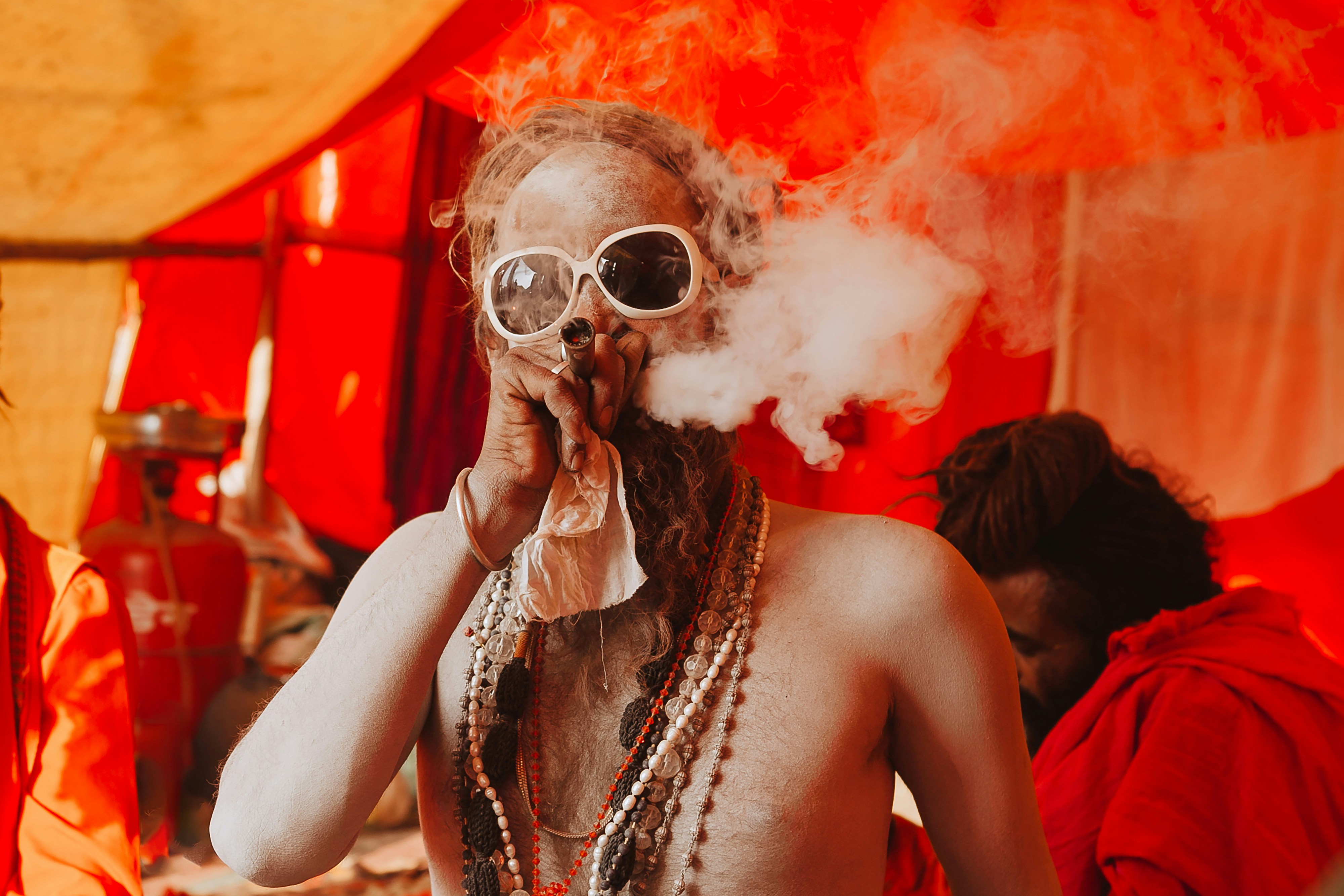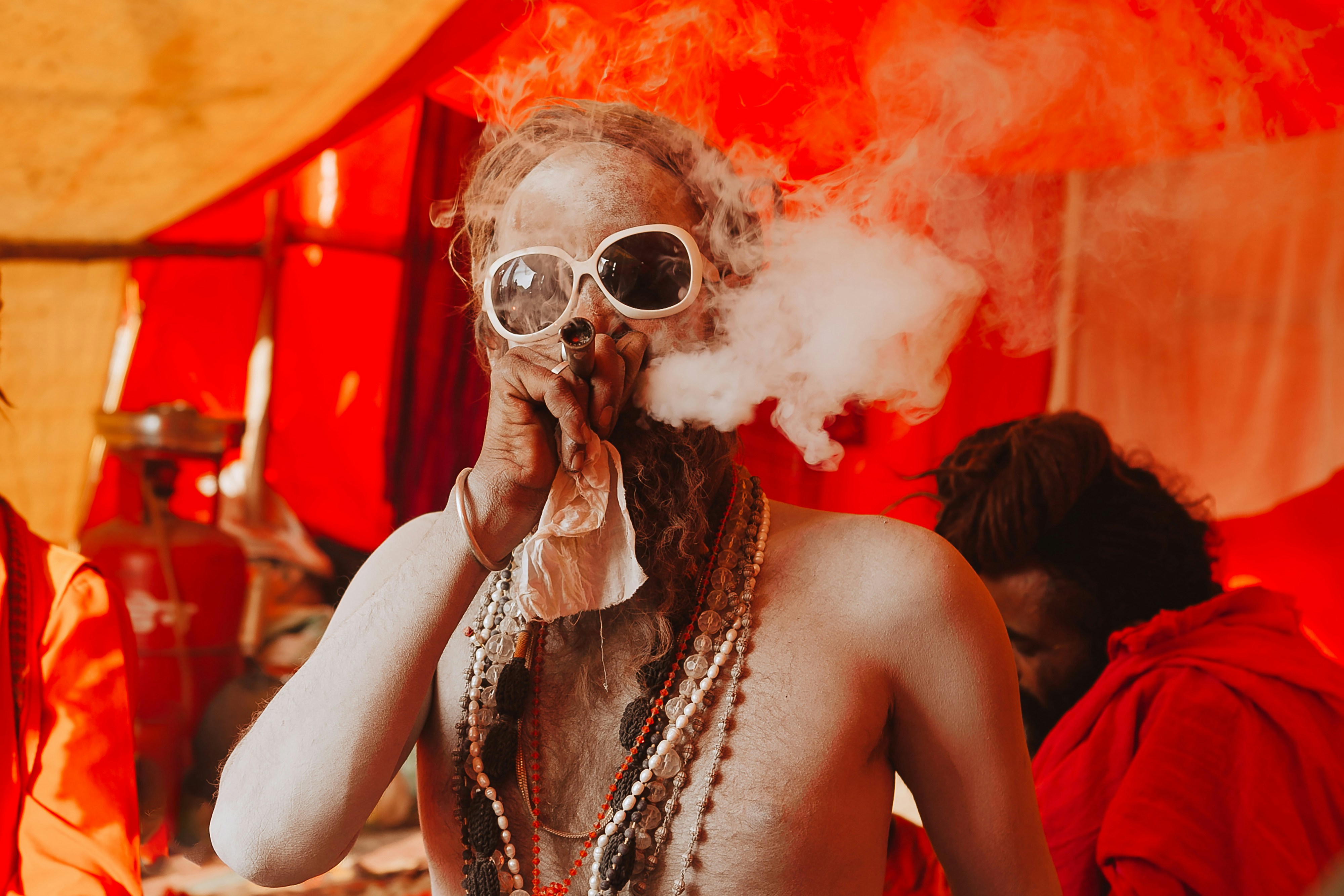Kumbh Mela: A Confluence of Spirituality and Culture
The Kumbh Mela, one of the world’s largest and most sacred religious gatherings, is a spectacle of devotion, spirituality, and cultural diversity. Held at four rotating locations—Prayagraj, Haridwar, Nashik, and Ujjain—the Kumbh Mela is a unique and ancient tradition that attracts millions of pilgrims and seekers from around the world.
A Celebration of Faith and Belief
The Kumbh Mela is a celebration of faith and belief that dates back thousands of years. It is believed to be the largest gathering of humans on earth, with millions of devotees coming together to take a dip in the holy rivers and cleanse themselves of their sins. The main attraction of the Kumbh Mela is the Shahi Snan, or the Royal Bath, where thousands of sadhus, or holy men, lead the procession to the riverbanks, followed by the devotees.
The Kumbh Mela is based on the Hindu mythology of the churning of the ocean of milk, which resulted in the creation of the elixir of immortality. According to the legend, drops of this elixir fell at the four locations where the Kumbh Mela is held, making them sacred and auspicious for the pilgrimage. It is believed that by taking a dip in the holy rivers during the Kumbh Mela, one can wash away their sins and attain salvation.
A Melting Pot of Cultures
One of the most fascinating aspects of the Kumbh Mela is the cultural diversity it showcases. Pilgrims from all walks of life, belonging to different castes, creeds, and regions, come together to participate in this grand event. The Kumbh Mela is a true melting pot of cultures, where people can experience the rich traditions and customs of various communities.
During the Kumbh Mela, the riverbanks are lined with temporary camps and tents, known as akharas, where different sects of sadhus and spiritual leaders reside. Each akhara has its own unique rituals, practices, and philosophies, which they share with the devotees. It is a rare opportunity to witness the diversity of spiritual paths and learn from the wisdom of these holy men.
Not only does the Kumbh Mela provide a platform for spiritual seekers, but it also serves as a stage for cultural performances and exhibitions. Folk dances, music concerts, art displays, and traditional food stalls add to the vibrant atmosphere of the event. Visitors can immerse themselves in the sights, sounds, and flavors of India’s rich cultural heritage.
The Logistics of the Kumbh Mela
Organizing the Kumbh Mela is a monumental task that requires meticulous planning and coordination. The event attracts millions of people, and ensuring their safety, comfort, and well-being is of utmost importance. Temporary infrastructure, including roads, bridges, sanitation facilities, and medical camps, is set up to accommodate the massive influx of pilgrims.
The local authorities, along with the help of various government agencies and volunteers, work tirelessly to manage the crowd, maintain law and order, and provide essential services. The Kumbh Mela is a testament to the resilience and efficiency of the Indian administration in handling such large-scale events.
A Life-Changing Experience
For many people, attending the Kumbh Mela is a once-in-a-lifetime experience that leaves a lasting impact on their spiritual journey. The atmosphere is charged with devotion, and the energy is palpable. It is a time of introspection, self-discovery, and connection with the divine.
The Kumbh Mela offers a platform for spiritual seekers to interact with renowned gurus, sadhus, and spiritual leaders. It is a chance to learn from their wisdom, ask questions, and seek guidance on the path of self-realization. The Kumbh Mela is a reminder of the vastness and diversity of the spiritual realm, and a reminder that there are many paths to the ultimate truth.
Preserving the Legacy
As the Kumbh Mela continues to attract millions of people every few years, efforts are being made to preserve its legacy and ensure its sustainability. The event is now recognized as an intangible cultural heritage by UNESCO, highlighting its significance and the need to protect its traditions.
Steps are being taken to minimize the environmental impact of the Kumbh Mela, such as promoting eco-friendly practices, waste management, and conservation of the rivers. The aim is to strike a balance between preserving the sanctity of the event and safeguarding the natural resources on which it depends.
A Journey of the Soul
The Kumbh Mela is not just a religious gathering; it is a journey of the soul. It is an opportunity to connect with something greater than ourselves and experience the power of collective devotion. Whether one is a believer or a curious observer, the Kumbh Mela offers a unique insight into the spiritual and cultural tapestry of India.
Attending the Kumbh Mela is an invitation to explore the depths of one’s own faith, to witness the diversity of human belief systems, and to embrace the unity that lies beneath it all. It is a celebration of spirituality, culture, and the eternal quest for truth.
Enter your email to get the Latest Updated Exploring News and Topics
Discover more from atozexplore.com
Subscribe to get the latest posts sent to your email.







